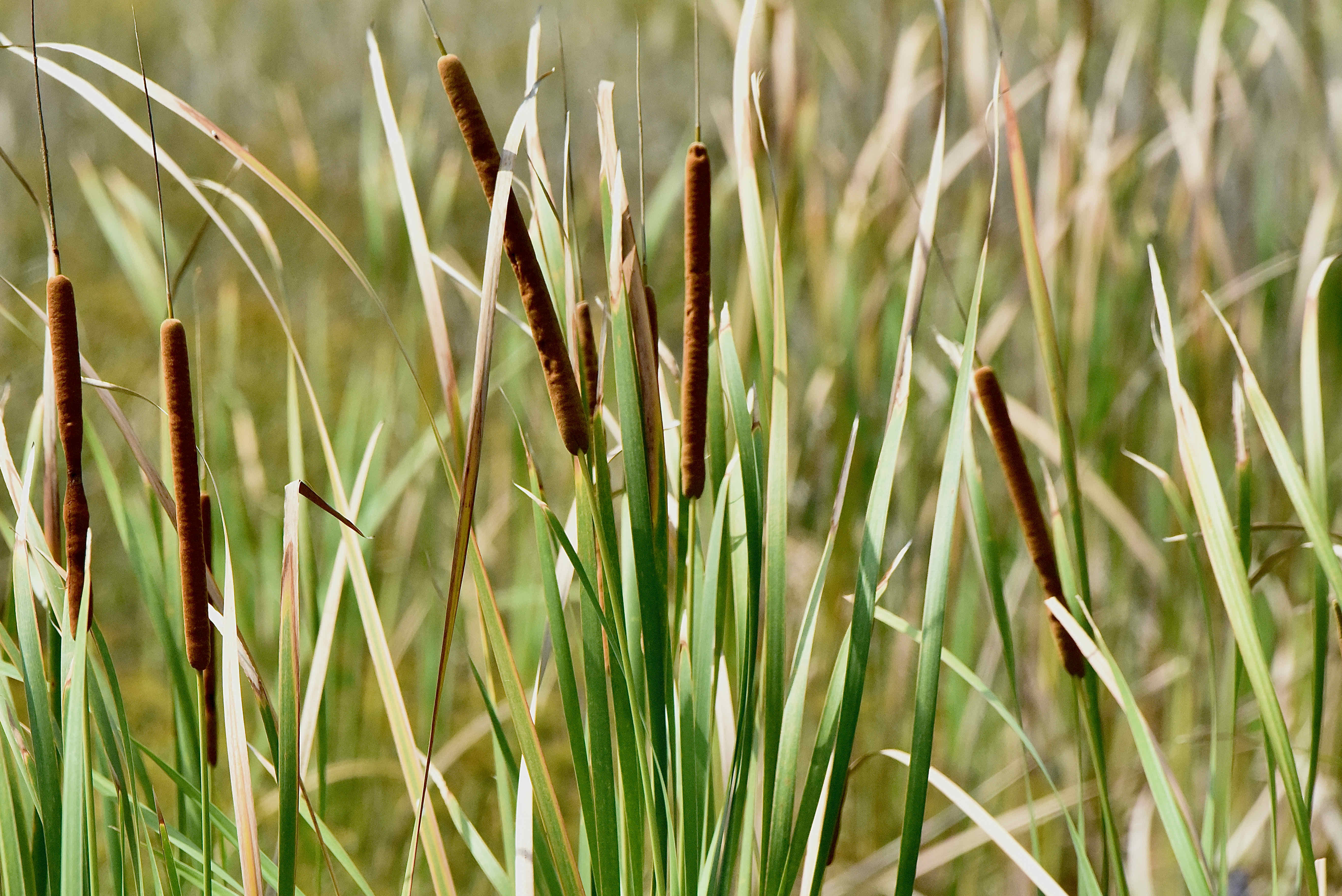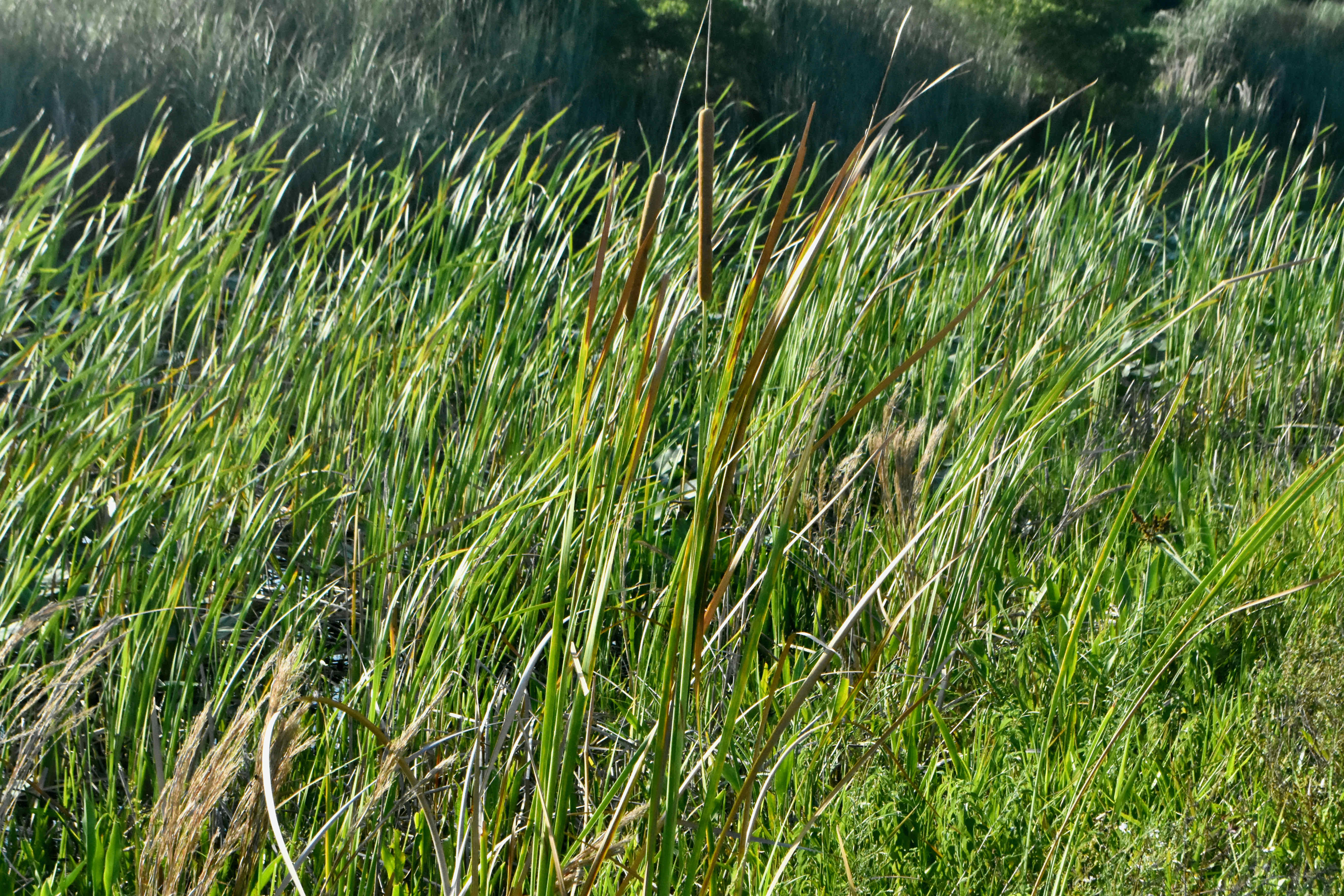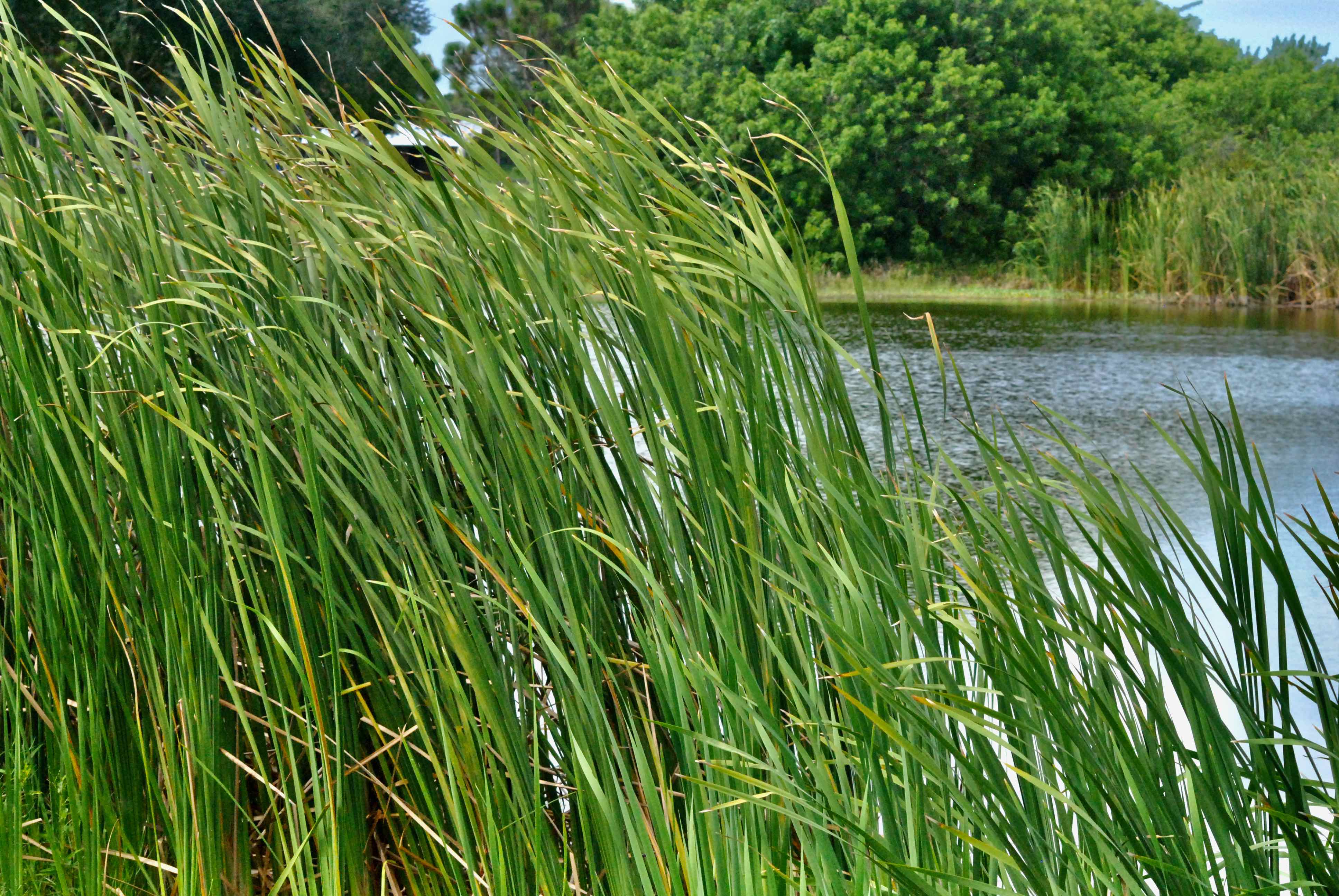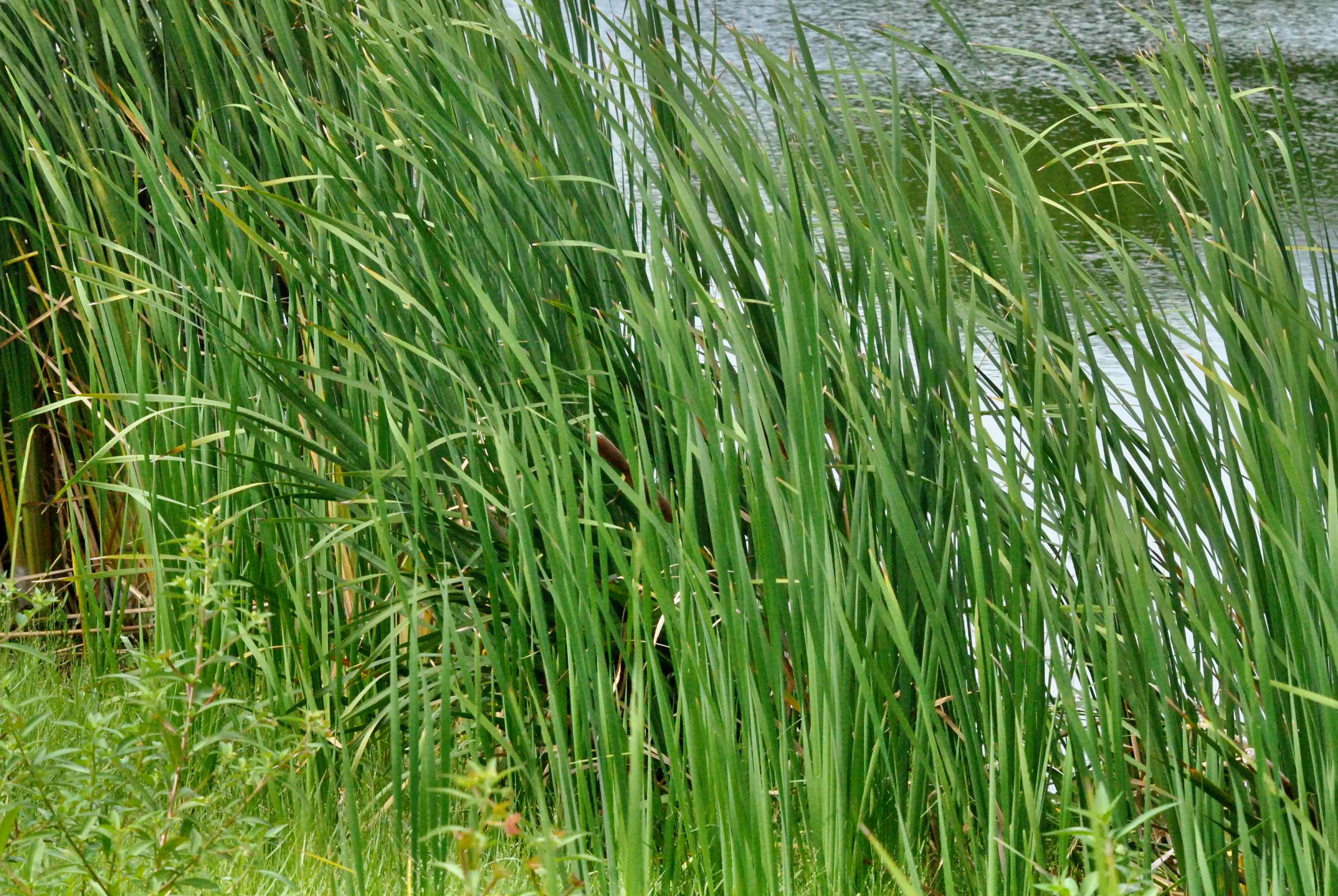
Common cattails, photographed at Loxahatchee National Wildlife Refuge, Boynton Beach, Palm Beach County, in April 2021.
It's hard to find a place on the planet where common cattails, Typha latifolia, doesn't grow. It can be found just about everywhere.
Its native range extends pretty much over every nook and cranky of North America, from the northern reaches of Canada's Northwest Territories to Mexico. It's native to 49 of the 50 states, the exception being Hawaii, where it is an introduced plant. In Florida, common cattails are found in 61 of the state's 67 counties; one of the notable exceptions is Monroe.
Beyond our shores, it's found in Central America, South America, Great Britain, Europe, Asia, Africa, Australia and New Zealand. As we said, the stuff is everywhere.
It's one of three species of cattails native to North America and one of two found in Florida. The other Florida species is southern cattails, T. domingensis; the other North American species is narrowleaf cattails, T. angustfolia. The three will hybridize when in close proximity of each other.
Common cattails can grow between three and 10 feet tall. They're aquatic, or semiaquatic plants, usually found along the banks of ponds and lakes, along streams and rivers and in marshes. They have rhizomes, or underground stems, that spread and from which new plants emerge. These rhizomes allow common cattails to form large, dense colonies of plants that are essentially clones of each other. The flowers are tiny, brown and form a spike at the end of stems called an inflorecence. This is the namesake cattail. Common cattails usually has one continuous spike holding male flowers high on the spike and female flowers below, but there can be a small gap between them; on southern cattails, there is usually a gap that be as big as three inches. Bloom time in South Florida is spring through summer, later farther north.
One thing that common cattails' wide native distribution tells you is the plant's adaptability to a wide range of climates, from near arctic to tropical. It is somewhat salt tolerant but not nearly as much as southern cattails. On the negative side, it's an extremely aggressive plant, even to the point of being invasive. That's particularly true in water rich in nutrients, like run-off from farm lands. Because of that, both cattail species have become problem plants in the Everglades. But their affinity for nutrients also makes them a potential solution in man-made wetlands. It's often used in waste-water treatment plants to provide a final cleaning before water is discharged.
All parts of cattails are edible, depending on their stage of growth. The rhizomes are particularly useful — they're high in starch and can be ground into flour. The U.S. Forest Service estimates that an acre of common cattails can produce 6,475 pounds of flour. The pollen can be used as flour; young shoots can be eaten as a vegetable — one of the alternate common names for cattails is Cossack asperagus. Dried stalks can be used as torches. Dried leaves and stalks can be used as building materials and for baskets and rope. It's important for wildlife: muskrats and waterfowl will eat the rhizomes; moose and elk will eat the young shoots. The dense foliage provides cover and nesting sites for myriad birds.
Common cattails are also known as broadleaf cattails and just plain old cattails. It's also spelled cat-tails. It is a member of Typhaceae, the cattails family.
Loxahatchee National Wildlife Refuge



